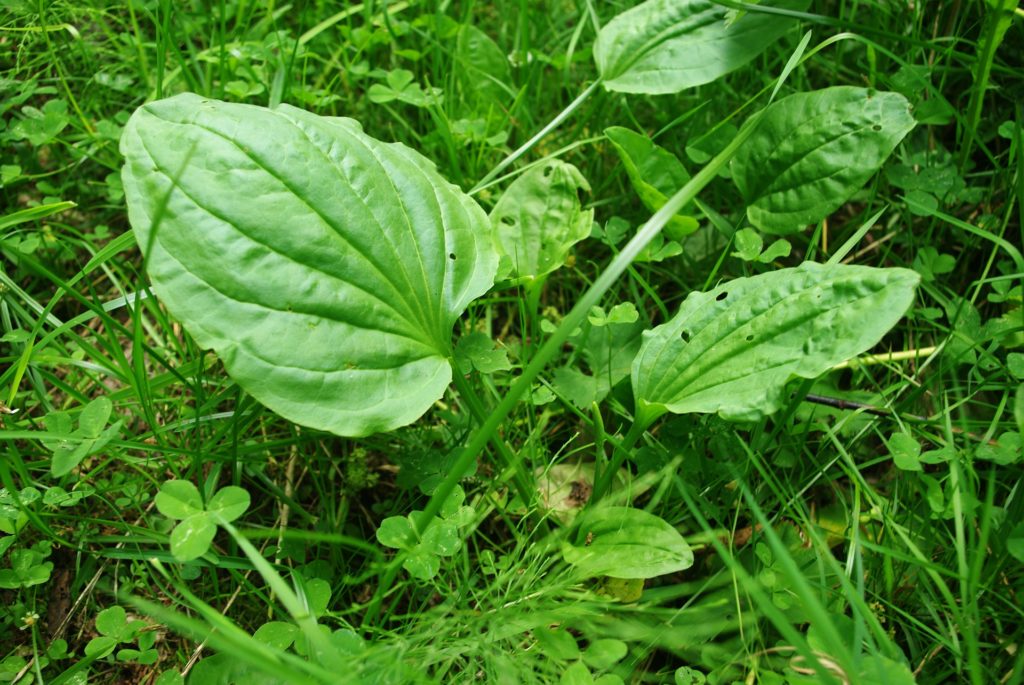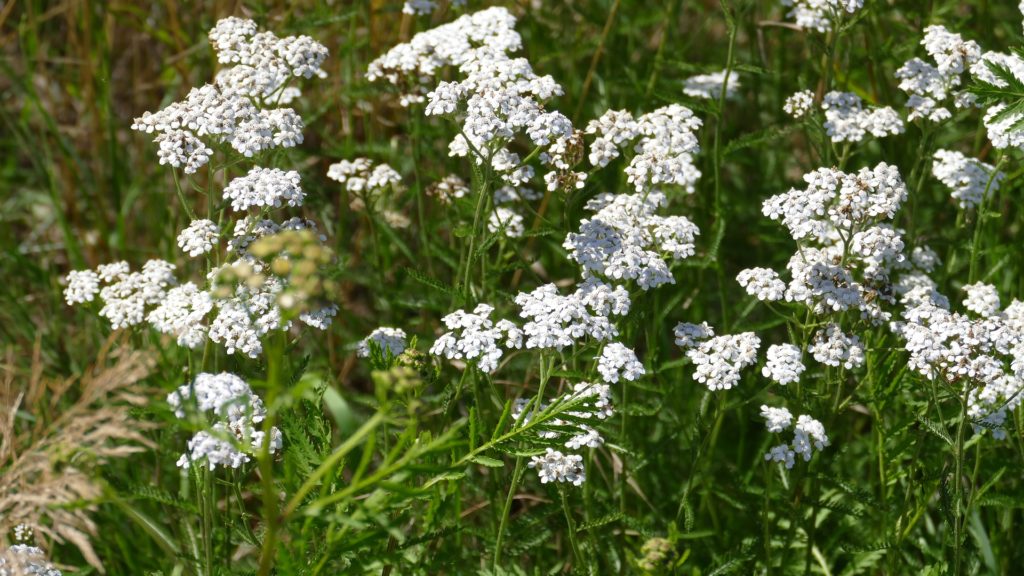Having the necessary medical resources after a physical injury can mean the difference between life and death in a survival situation. If you aren’t close to any medical help, your survival could depend on how well you’re able to use the resources around you to your advantage — including various types of plants.
There are thousands of plants you can find in the wild that have medicinal properties, and some of them can be applied topically to treat wounds and injuries with phenomenal effects. Gaining a better understanding of the medicinal properties that some of the most common plants found in the wild have will enable you to use your surroundings to your advantage, helping you treat an injury and ultimately boosting your chance of survival.
The great news is that some highly beneficial plants might be even more common than you think! Each of the 4 plants listed below can be applied topically to treat physical injuries and are relatively (if not very) common throughout the United States. If you’re stuck in the wilderness and get hurt, look around for them!
Plantain

While also the name for that banana-like fruit you see at the supermarket, plantains are also a type of plant. It’s very common, and most people actually think it’s an unruly and annoying weed.
Where to find it: Plantain grows almost anywhere in the United States, in natural and urban settings alike. Look in meadows, lawns, or even between rocks and gravel.
How to identify: The easiest ones to spot will have circular/spoon shaped leaves and feel slightly rubbery. If you decide to use plantain leaves, just make sure you’re not taking it from a place that has possibly been sprayed with pesticides, like the side of the road.
How to use: Crush the leaves with some water (or chew them up) to form a poultice, then put it directly on the wound. You can also keep the leaves whole, soak them in water, and then wrap the leaves around the affected area.
Benefits: Helps keep the injury from getting infected and inflamed. You can use it for any type of injury, but it’s particularly great for treating venomous stings from various creatures like bees, wasps, and even scorpions! It will aid in pulling the venom out of the area. Keep in mind though, it’s generally not strong enough to help treat snakebites.
Read our previous article to find out more about the plantain and all its benefits.
Yarrow

Yarrow is also called “staunchweed” because of its fantastic ability to slow and stop bleeding. It’s medicinal properties are widely recognized, and it’s even been known to be used by soldiers and medics in combat.
Where to find it: Yarrow grows virtually anywhere in the United States, although it’s more likely to be found in meadows, fields, and at the edge of forests.
How to identify: It has a thin stalk with groups of small white flowers. Some variations produce other colors of flowers like yellow or pink, but white is typically the most common. Yarrow usually grows in patches, and is 1 – 2 feet high.
How to use: Crush both the leaves and the flowers to make a poultice, then apply it directly on the wound.
Benefits: Slows down bleeding and prevents infection. It is also antimicrobial. Yarrow is particularly effective for wounds that are freely bleeding and won’t slow, or for fresh injuries to prevent significant blood loss in the first place.
Wild Sage

Sage is useful for much more than just cooking! There are lots of varieties of sage, the majority of which have been used for hundreds of years by Native Americans. The familiar smell may help you identify it, although wild sage is actually not the same as culinary sage.
Where to find it: The plant that people typically associate with the name “sage” is found mostly in the southwestern United States, but there are actually well over 60 different kinds of sage all over the country. Wild sage specifically, also commonly called “white sage,” can be found in western Washington and Oregon, California, Arizona, New Mexico, Utah, Nevada, Colorado, Texas, and even the majority of the midwestern states in the Great Plains region. It thrives in slightly dry/very dry climates and is commonly found in open spaces including meadows, prairies, plains, foothills, and high desert.
How to identify: The leaves are usually green or a white, grayish-green with a slight softness or fuzz to them. When flowering, the flowers bunch in a column and can be shades of purple or blue. It has a naturally appealing spell that can be recognized as a spice from cooking.
How to use: Crush (or chew) to make the leaves into a poultice, then apply directly to the wound. For insect repellant, simply rub the sage leaves themselves onto your skin.
Benefits: Prevents and kills infection when applied to a wound. It’s also a great helper to combine with other medicinal plants to fight off infection! Sage also repels insects when rubbed directly onto skin.
Calendula

Calendulas are nicknamed the “pot marigold,” even though marigolds and calendulas are actually separate types of flowers within the same scientific family. Keep in mind that finding a regular marigold will NOT have the same medicinal effects as an actual calendula flower.
Where to find it: Calendulas prefer sunny places, but can also grow in partial sun. They are commonly found in fields and meadows, and because they grow in almost any soil type, they can be found across the country!
How to identify: The flower is usually a bright yellow or orange and looks similar to a daisy but with more petals. Sometimes it will look similar to a marigold depending on the exact species, but should have fewer petals than a marigold and aren’t bunched as closely together.
How to use: Crush the petals and mix with a little bit of water, or chew up the petals, to make a poultice. Apply directly to the affected area.
Benefits: Helps wounds heal faster by increasing blood flow, which helps scabs form and skin knit back together. It basically encourages new skin growth!
While these four plants are some of the most common medicinal plants you can find in the United States, keep in mind that no plant grows absolutely everywhere. It’s best to know some regionally-specific plants closer to where you live in addition to knowing common plants widely found across the country.
Plantain, yarrow, wild sage, and calendula are so beneficial and commonly found that it’s good to be familiar with them, though, especially since all 4 can help keep you alive if you get hurt in the wilderness and don’t have access to modern medical care. And honestly, they can even help fight infection and stop bleeding if you’re NOT in the wilderness. Plants that are this ridiculously beneficial and easy to use are always worth knowing.
Interested in common edible plants to compliment your knowledge of common plants for treating wounds? Read our previous article here.






